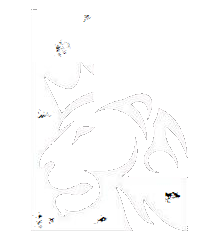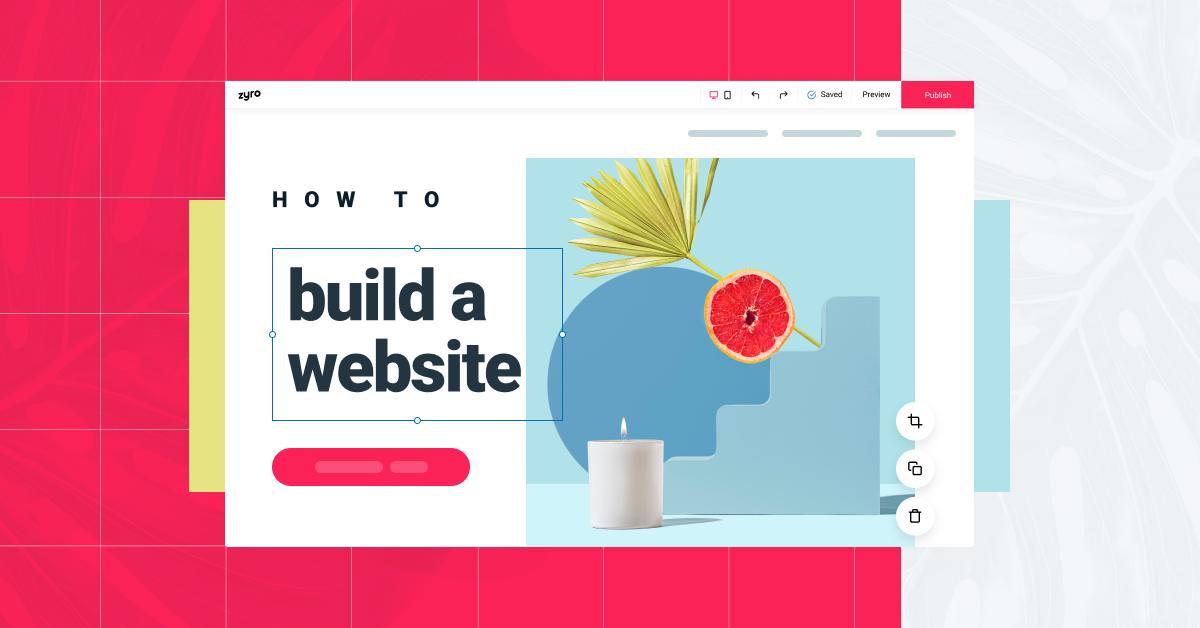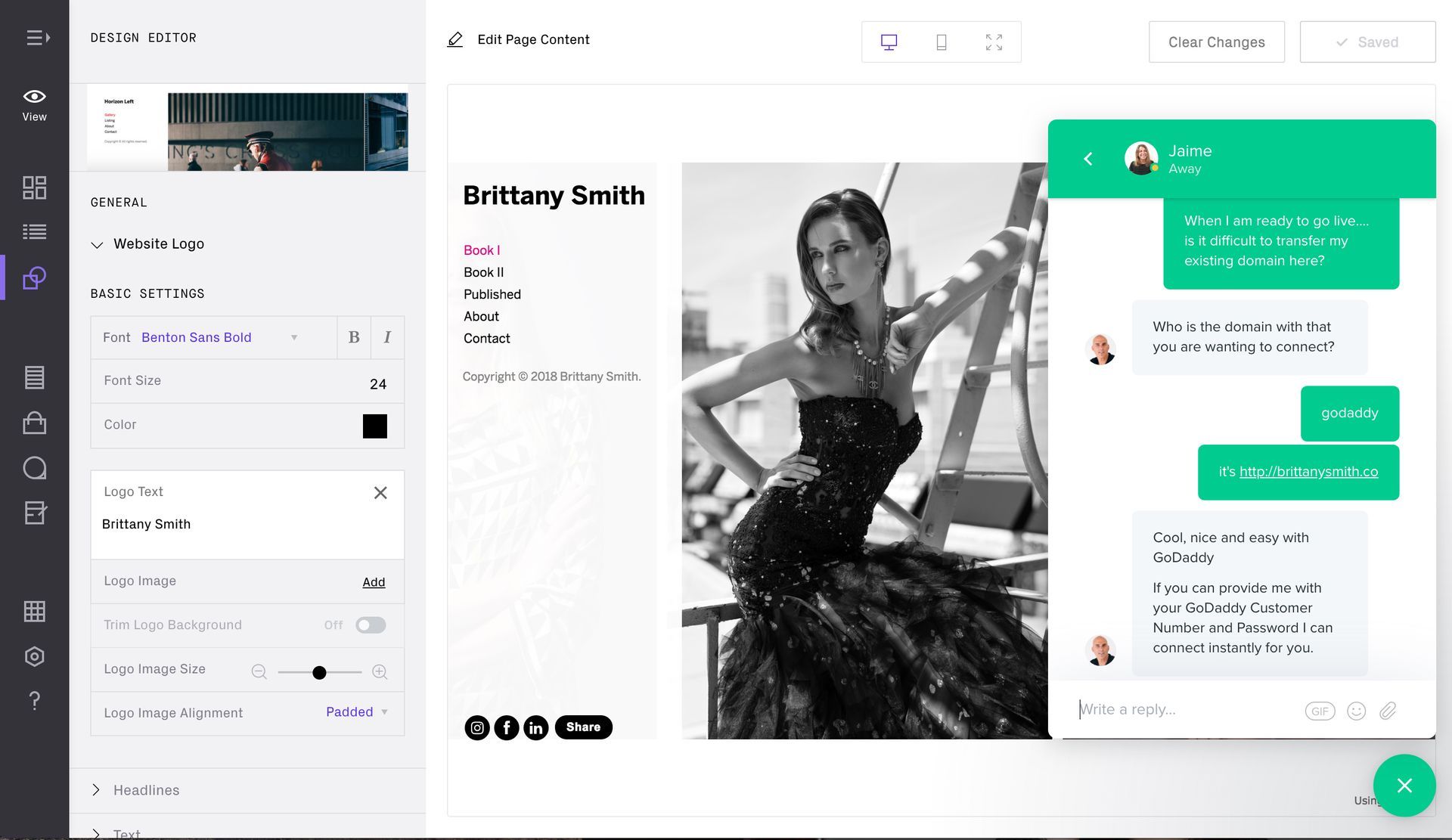8 Minute Read
Color Theory and Web Design
A Comprehensive Guide
Color theory is a fundamental element of web design, playing a critical role in shaping the look and feel of a website. Effective use of color can enhance user experience, convey brand identity, and create visual harmony. This comprehensive guide explores the principles of color theory and how they can be applied to web design. I'll cover the basics of color theory, different color schemes, the psychological and cultural aspects of color, color in branding, accessibility considerations, and practical tips for implementing color effectively in web design.
Let's dive into the fascinating world of color theory!
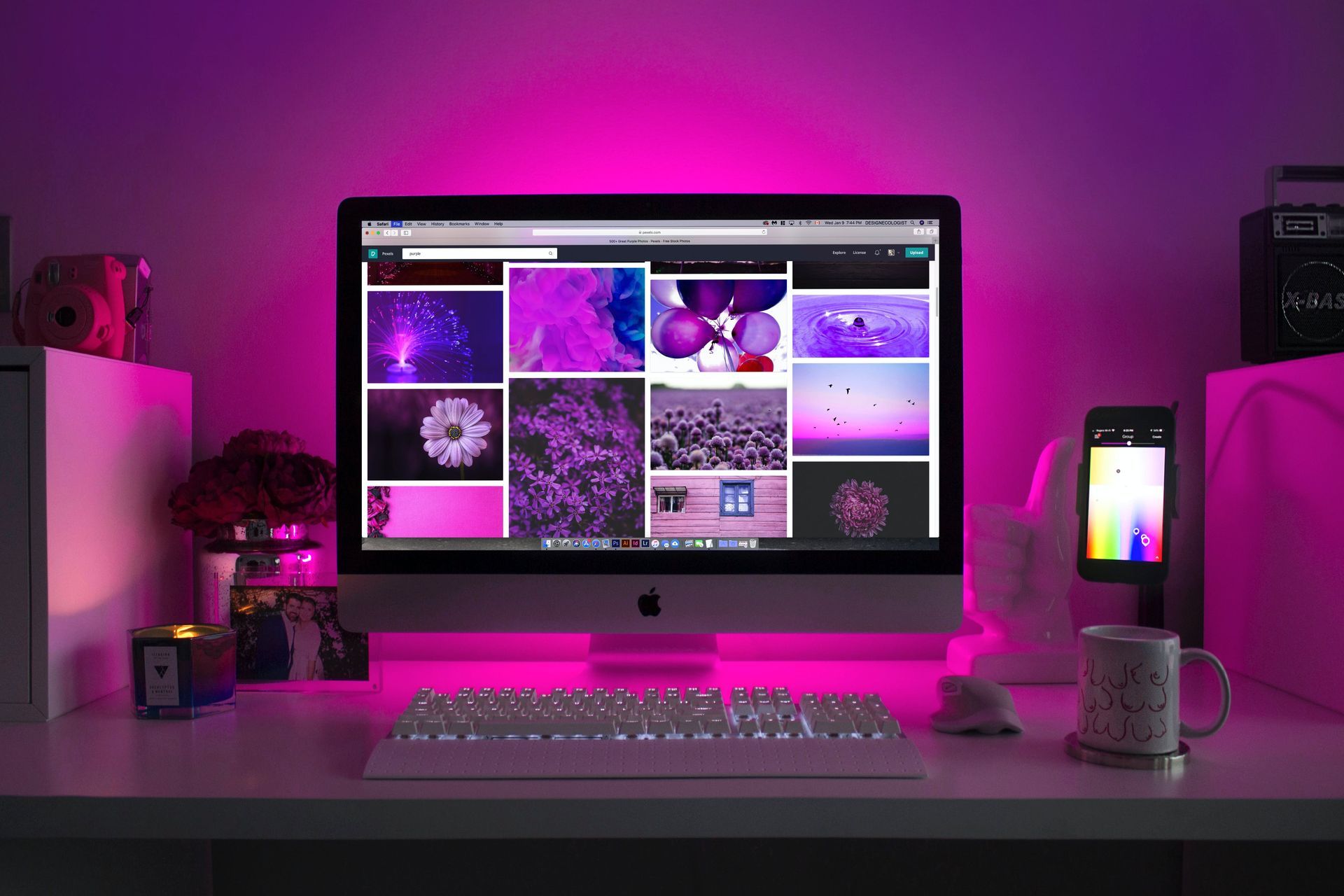
Table of Contents
- The Importance of Color in Web Design
- Color Theory Basics
- Color Schemes for Web Design
- Understanding Color Associations
- Color in Branding
- Color Accessibility in Web Design
- Color in Typography and UI Elements
- Color Trends in Web Design
- Practical Tips for Applying Color Theory in Web Design

The Importance of Color in Web Design
Color is a powerful tool in web design, impacting user perception and behavior according to multiple web design case studies. Here's why color is crucial in web design:
- First Impressions: Color is the first thing users notice when they visit a website. It influences their initial impressions.
- Brand Identity: Color is a key component of brand recognition and identity. Consistent use of colors reinforces the brand image.
- User Experience: Well-chosen colors and the layout design can enhance the user experience by guiding users and drawing attention to important elements.
- Visual Hierarchy: Color can help establish a visual hierarchy by emphasizing certain content and de-emphasizing others.
- Emotional Impact: Colors can evoke emotions, making it essential for conveying the right message or mood.

Color Theory Basics
To understand how to use color effectively in web design, it's important to grasp the basics of color theory while also applying a user-centered design strategy and a mobile first design strategy.
The Color Wheel
The color wheel is a fundamental tool in color theory. It consists of three categories of colors:
- Primary Colors: These are the basic colors that cannot be created by mixing other colors. In the traditional color wheel, primary colors are red, blue, and yellow.
- Secondary Colors: Secondary colors are created by mixing two primary colors. They include green (blue + yellow), orange (red + yellow), and purple (red + blue).
- Tertiary Colors: Tertiary colors result from mixing a primary color with a neighboring secondary color. Examples include red-orange, yellow-green, and blue-purple.
Primary Colors
- Red
- Blue
- Yellow
Secondary Colors
- Green (Blue + Yellow)
- Orange (Red + Yellow)
- Purple (Red + Blue)
Tertiary Colors
- Red-Orange
- Yellow-Orange
- Yellow-Green
- Blue-Green
- Blue-Purple
- Red-Purple
Understanding the relationships between these colors is essential for creating harmonious color schemes.
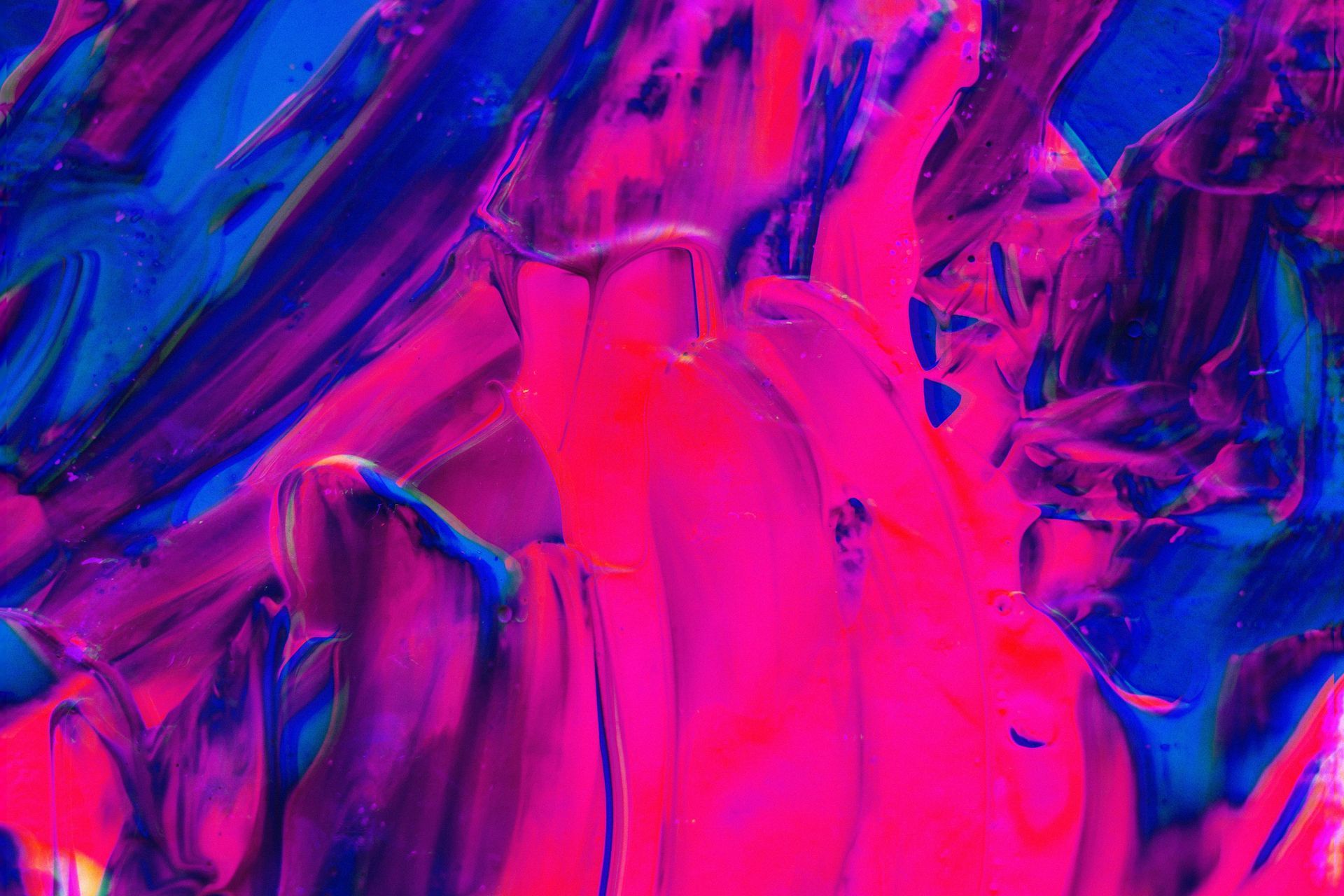
Color Schemes for Web Design
Color schemes are pre-defined combinations of colors that work well together. They are the foundation of web design and can greatly influence the overall look and feel of a website as well as the visual hierarchy. Here are some popular color schemes:
Monochromatic
- Definition: A monochromatic color scheme is built around a single base color with variations in shade, tint, and tone.
- Usage: It creates a clean and harmonious look. It's often used for minimalist designs.
Analogous
- Definition: Analogous color schemes involve colors that are adjacent to each other on the color wheel.
- Usage: They create a sense of unity and are pleasing to the eye. Analogous colors are often used in nature-themed designs.
Complementary
- Definition: Complementary colors are located opposite each other on the color wheel.
- Usage: They create a strong contrast and are often used for call-to-action elements or to make specific content stand out.
Split-Complementary
- Definition: A split-complementary color scheme is based on a base color and two adjacent colors to its complementary color.
- Usage: It offers a more subtle contrast compared to a complementary scheme but still makes elements stand out.
Triadic
- Definition: Triadic color schemes consist of three colors that are evenly spaced around the color wheel.
- Usage: They create a vibrant and balanced look. Triadic schemes are suitable for diverse and dynamic designs.
Tetradic
- Definition: Tetradic color schemes involve four colors, often two pairs of complementary colors.
- Usage: They offer a wide range of color choices and are used for complex designs where multiple elements need differentiation.
Choosing the right color scheme depends on the goals and personality of the website and it is important to note how web design psychology fits into the bigger picture.
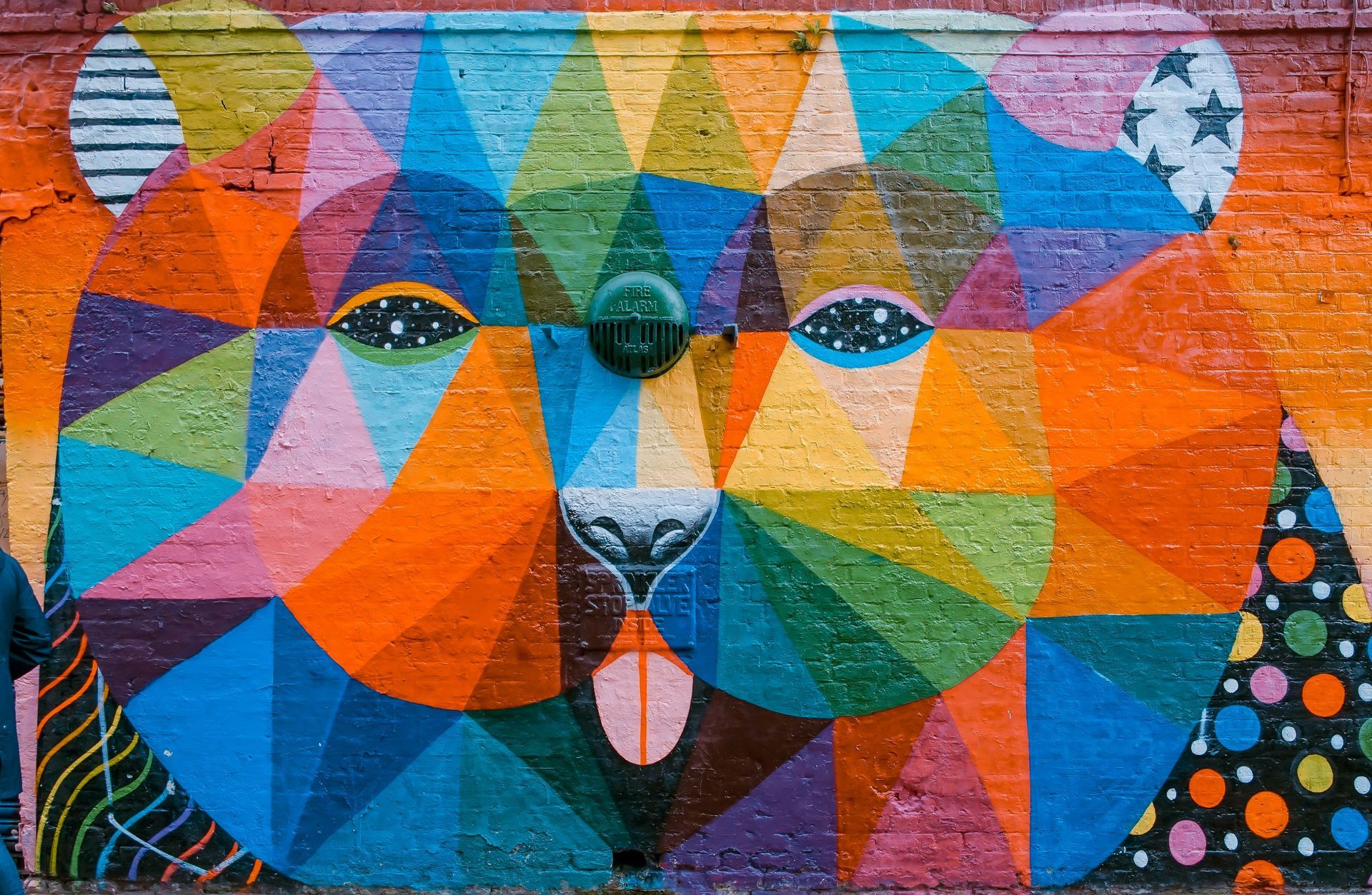
Understanding Color Associations
Colors are not only about aesthetics; they also carry cultural and psychological meanings and associations. Understanding these associations is essential in web design.
Cultural and Psychological Aspects
- Red: Often associated with passion, danger, and love. It can also symbolize anger or excitement.
- Blue: Conveys a sense of calm, trust, and professionalism. Darker blues may represent stability and reliability.
- Yellow: Associated with energy, happiness, and warmth. It can also symbolize caution or anxiety.
- Green: Symbolizes growth, nature, and health. It can also be associated with envy or inexperience.
- Purple: Represents luxury, creativity, and spirituality. It can also signify mystery or arrogance.
- Orange: Conveys enthusiasm, energy, and optimism. It can also be associated with warning or aggression.
- Black: Symbolizes elegance, power, and sophistication. It can also represent darkness or mourning.
- White: Signifies purity, simplicity, and cleanliness. It can also represent emptiness or coldness.
The Impact of Color on User Experience
- Readability: The color of text and background greatly affects readability. High-contrast combinations are easier to read.
- Emotional Response: Color can trigger emotions. Warm colors like red and orange can create a sense of urgency, while cooler colors like blue and green may promote relaxation.
- Accessibility: Ensuring that your color choices meet accessibility guidelines is crucial for accommodating all users, including those with visual impairments.
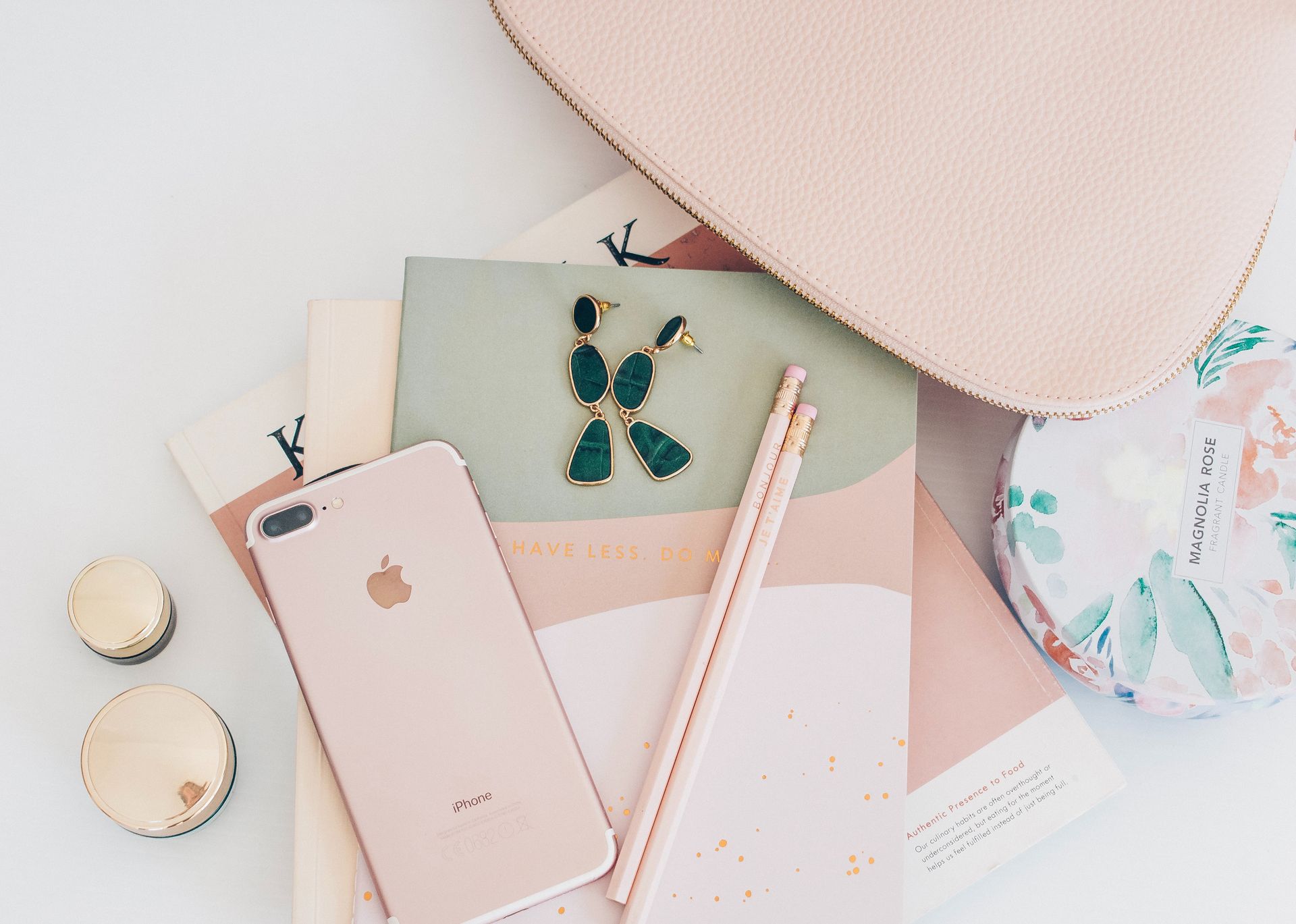
Color in Branding
Branding is a fundamental aspect of web design, and color plays a pivotal role in building and maintaining a brand identity.
Building a Brand Identity
A brand identity is the sum of how a brand is perceived by the public. It includes elements such as the logo, typography, imagery, and, of course, color. To build a strong brand identity:
- Consistency: Use the same colors across all brand materials, including the website, social media, and printed materials.
- Uniqueness: Choose colors that set your brand apart from the competition. Consider the emotional and psychological associations of colors.
- Adaptability: Ensure that your chosen colors are versatile and work well across various platforms and media.
The Role of Color in Branding
- Logo: The logo is often the most recognizable part of a brand. Its colors should reflect the brand's personality and values.
- Typography: The color of text on a website can affect how users perceive the brand. It should be consistent with the brand's color palette.
- Images and Graphics: The colors used in images and graphics should align with the brand identity. This includes photographs and illustrations.

Color Accessibility in Web Design
Web designers must consider color accessibility to ensure that all users, including those with visual impairments, can access and understand the content. When adding images or graphics to your website, it is also important to consider these factors.
The Web Content Accessibility Guidelines (WCAG) provide standards for accessible color use.
WCAG Guidelines
WCAG divides accessibility guidelines into three levels of conformance: A (lowest), AA, and AAA (highest).
Key considerations include:
- Contrast Ratio: Text and interactive elements should have sufficient contrast with their background to be legible. AA-level compliance is often the minimum requirement.
- Alternative Text: Provide descriptive alternative text for images and icons to aid users who rely on screen readers.
- Color Combinations: Avoid color combinations that are difficult for users with color vision deficiencies. Tools and guidelines are available to help.
Tools for Color Accessibility
Several tools are available to assist in ensuring color accessibility in web design:
- Color Contrast Checkers: These tools check the contrast ratio between text and background colors, helping you comply with WCAG guidelines.
- Color Blindness Simulators: These tools allow you to see how your website appears to users with color vision deficiencies.
- Accessibility Auditing Tools: These tools scan your website for accessibility issues, including color-related problems.
Testing Color Accessibility
Regularly testing your website for color accessibility is crucial. Consider these steps:
- Run color contrast checks for text and background combinations.
- Test your website with color blindness simulators. One primary focal point for this test is the use of effective navigation menus and CTA's.
- Conduct usability testing with participants who have various accessibility needs.

Color in Typography and UI Elements
Color choices for typography and user interface (UI) elements play a significant role in web design. Here's how to make effective choices:
Choosing Text Colors
- Readability: Text should have high contrast with the background to ensure readability. Dark text on a light background or vice versa is a common choice.
- Consistency: Use a limited color palette for text. Heading colors, body text, and links should be consistent throughout the site.
- Emphasis: Use color to emphasize important information, such as clickable links or call-to-action buttons.
Button and Navigation Colors
- Call to Action: Call-to-Action buttons and navigation elements should stand out from the rest of the content. Use colors that contrast with the overall color scheme.
- Hover and Click States: It's common to change the color of buttons or navigation elements when users hover over them or click on them. This feedback helps users understand interactive elements.
Using Color for Calls to Action
Calls to action (CTAs) are crucial for guiding users and achieving specific goals on a website. Here's how color can be used effectively for CTAs:
- Contrast: CTAs should have high contrast with the surrounding content to grab attention.
- Consistency: Use a consistent color for all CTAs on your site to establish a clear visual pattern.
- Color Psychology: Consider the psychological associations of color when choosing CTAs. For example, red can create a sense of urgency, while green can convey safety or approval.

Color Trends in Web Design
Web design trends related to color are constantly evolving. Staying up-to-date with current color trends can help keep your website design fresh and appealing.
Current Trends
- Dark Mode: Dark-themed websites are becoming increasingly popular. They reduce eye strain and look sleek and modern.
- Gradients: Gradients are making a comeback, adding depth and dimension to designs.
- Vibrant Colors: Bold and vibrant colors are being used to create energetic and attention-grabbing designs.
- Neutrals: Neutral color palettes, such as soft grays and beiges, are being used for minimalist and clean designs.
- Custom Illustrations: Custom illustrations often feature unique color palettes that reflect a brand's personality.
The Evolution of Color in Web Design
Color trends are influenced by various factors, including technology, culture, and design movements. The evolution of color in web design has seen shifts from the early web's limited color options to the current use of vibrant and diverse color schemes.

Practical Tips for Applying Color Theory in Web Design
To effectively apply color theory in web design, consider the following practical tips:
Designing with Intention
- Start with a Mood Board: Create a mood board that reflects the emotions and personality you want to convey through color.
- Understand Your Audience: Consider the preferences and expectations of your target audience when choosing colors.
- Prioritize Readability: Ensure that text is easily readable by using high-contrast combinations.
- Consistency Is Key: Maintain consistency in color choices across the website to establish a strong brand identity.
Using Color Harmoniously
- Test Color Schemes: Use A/B testing to experiment with different color schemes to find the one that best suits your brand and content. You can also leverage several color tools to help further test your color schemes.
- Limit the Color Palette: Avoid using too many colors, as this can lead to a chaotic and overwhelming design. Stick to a manageable palette.
- Emphasize Key Elements: Use color to draw attention to the most important elements on your website, such as CTAs and headings.
Testing and Iterating
- Usability Testing: Regularly conduct usability testing with a diverse group of users to gather feedback on color choices.
- Performance Considerations: Ensure that heavy use of images and colors doesn't slow down your website's loading speed.
- Stay Updated: Keep an eye on design trends and evolving color preferences to adapt your website accordingly.
